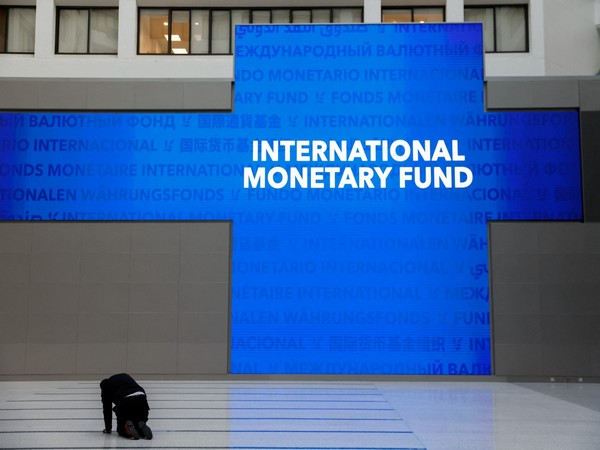
Tokyo: Asia remains the engine of economic growth and it is on track to deliver 60 per cent of global growth this year, said IMF Deputy Managing Director Okamura.
The global economy has shown surprising resilience to successive shocks post-pandemic and the International Monetary Fund's latest World Economic Outlook expects global growth to reach 3.1 per cent this year.
"And it (Asia) is ahead of the curve on taming inflation. Most countries in Asia are expected to reach central bank targets in 2024," said the IMF official, in his opening remarks at the Thirteenth IMF-Japan High-Level Tax Conference for Asian Countries.
But challenges remain.
The official asserted that providing extraordinary support in response to the pandemic and Russia's war in Ukraine has left governments with fewer resources amid high debt and rising debt servicing costs.
At the same time, demand for public spending is growing, including in Asia--which faces ageing populations and climate change.
"And the lowest medium-term global growth prospects in decades mean less tax revenues to pay for it all. In this difficult environment for government budgets, mobilizing domestic revenues is essential to meet growing spending demands and build resilience against future shocks," said the IMF Deputy Managing Director.
He noted that emerging markets and developing economies can tap into their tax potential and boost their tax-to-GDP ratios by up to 9 percentage points on average.
Meanwhile, India is set to remain the fastest-growing among major economies in 2024, according to International Monetary Fund's latest World Economic Outlook. IMF, in its latest outlook, raised India's growth projections for 2024 from 6.5 per cent to 6.8 per cent. For 2025, the IMF has kept India's growth rate projection at 6.5 per cent.
IMF attributed robustness and strength in domestic demand and a rising working-age population behind its growth projections.
Countries with a demographic dividend could help support growth in the global workforce, in which nearly two in every three new entrants over the medium term will come from India and sub-Saharan Africa, IMF noted in its latest World Economic Outlook report.
According to India's official data, the country grew at a massive 8.4 per cent during the October-December quarter of the financial year 2023-24 and the country continued to remain the fastest-growing major economy.
The Indian economy grew 7.8 per cent and 7.6 per cent during the preceding two quarters - April-June and July-September. India's economy grew 7.2 per cent in 2022-23 and 8.7 per cent in 2021-22, respectively.
The report had said that China is expected to grow at 4.6 per cent this year and 4.1 per cent in 2025.
Overall, the IMF pegged global growth at 3.2 per cent in 2024 and 2025 respectively. It noted that the global economy remains remarkably resilient, with growth holding steady as inflation returns to target.
Despite many gloomy predictions, the world avoided a recession, the banking system proved largely resilient, and major emerging market economies did not suffer sudden stops, the IMF had said.